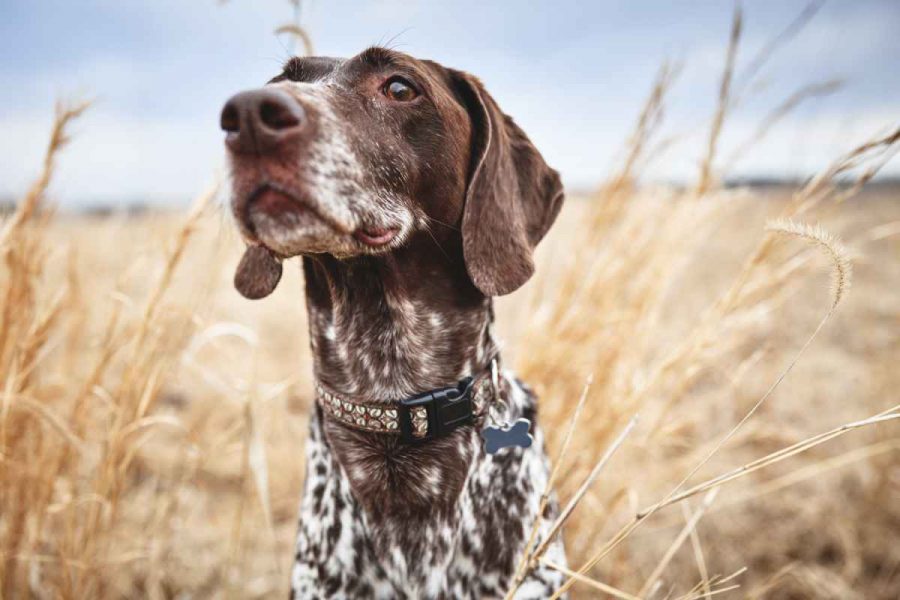There are several dog breeds that have long been favoured for hunting, and the GPS tracker for hunting dogs ensures that owners can take care of their prized companion during even the most excited phases of the hunt, by supervising their movements even when the animal is no longer under the watchful gaze of its owner.
Usually in the world of hunting, the role of the dog – in addition to providing very pleasant company – is essentially that of finding or retrieving fallen prey, or chasing a hunted animal by following its tracks.
Usefulness of GPS for hunting dogs
In both cases the dogs are operating in wide open natural spaces full of trees, bushes and tall grass, through which they must run at speed to do what they were trained to do. In such a situation it is not hard to imagine that something could go slightly wrong; a minor distraction is enough for you to lose sight of the direction in which the dog was moving and you end up losing it completely. For this reason, GPS trackers for hunting dogs have been widely employed in the hunting field several years, making it possible to compensate for the fallibility of the human eye, by relying instead on a technological solution that is simple to use and elegant as a whole.

It is a device which is usually attached to or contained within the collar itself, although some dog owners prefer a harness – bulkier but potentially less oppressive for the animal. The GPS tracker for hunting dogs enables you to keep track in real time of your four-legged friend’s location, ensuring that in any situation just a few taps on the phone will suffice to know where your dog is located, how fast it is moving and the direction of such movement – in short, all the information necessary to calculate via GPS an area in which you are sure to find your pet. GPS trackers for hunting dogs do not provide location information down to the very last centimetre of course, therefore, other features have been introduced with the aim of locating your lost pet, such as LED lights and beepers that act as visual and acoustic signals respectively, and enabling you to narrow down the precise location where your dog is located.
